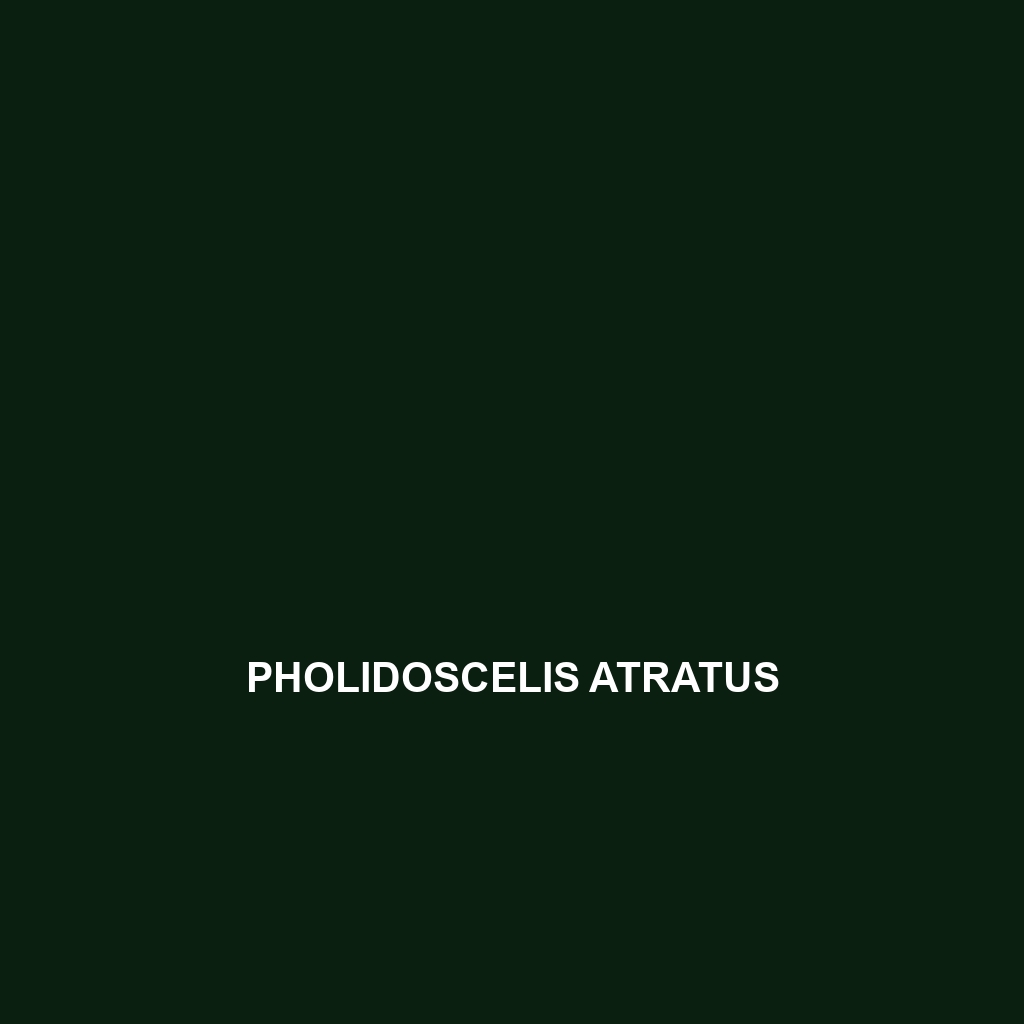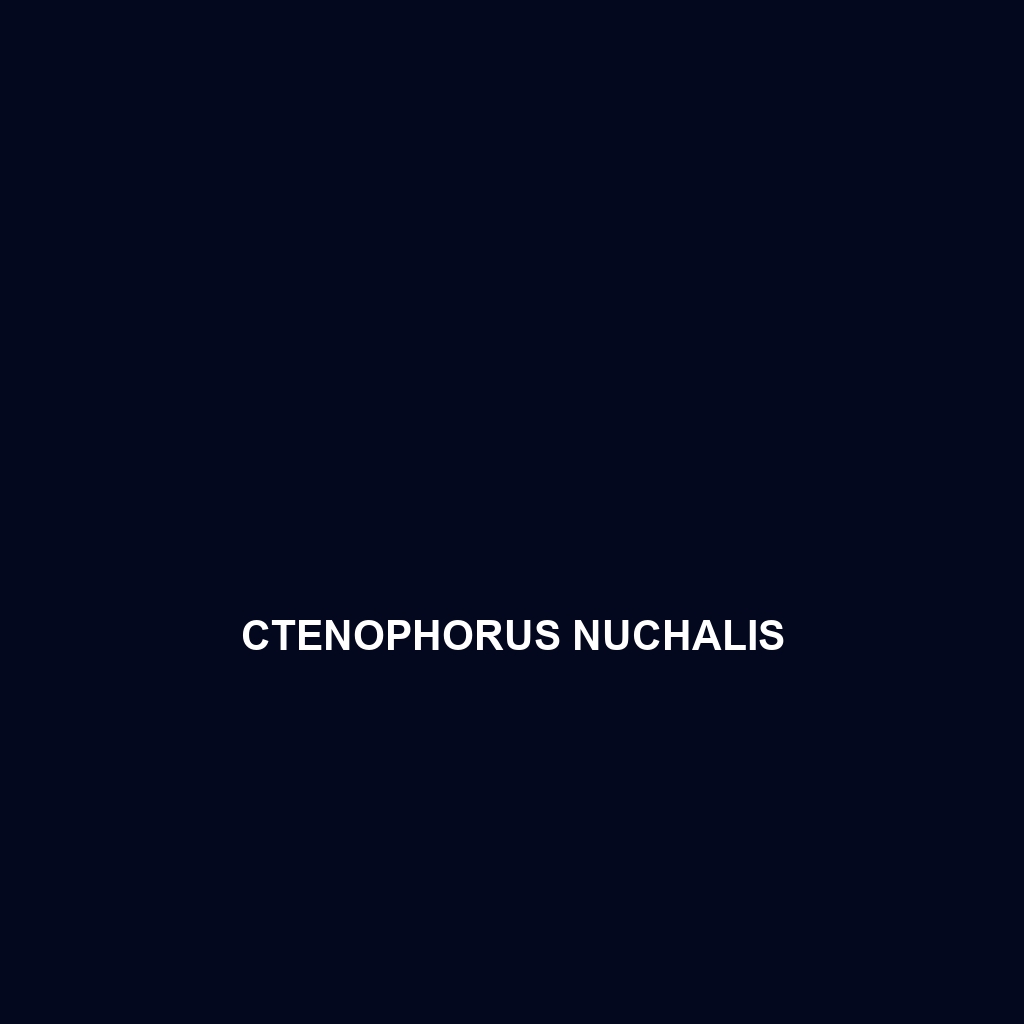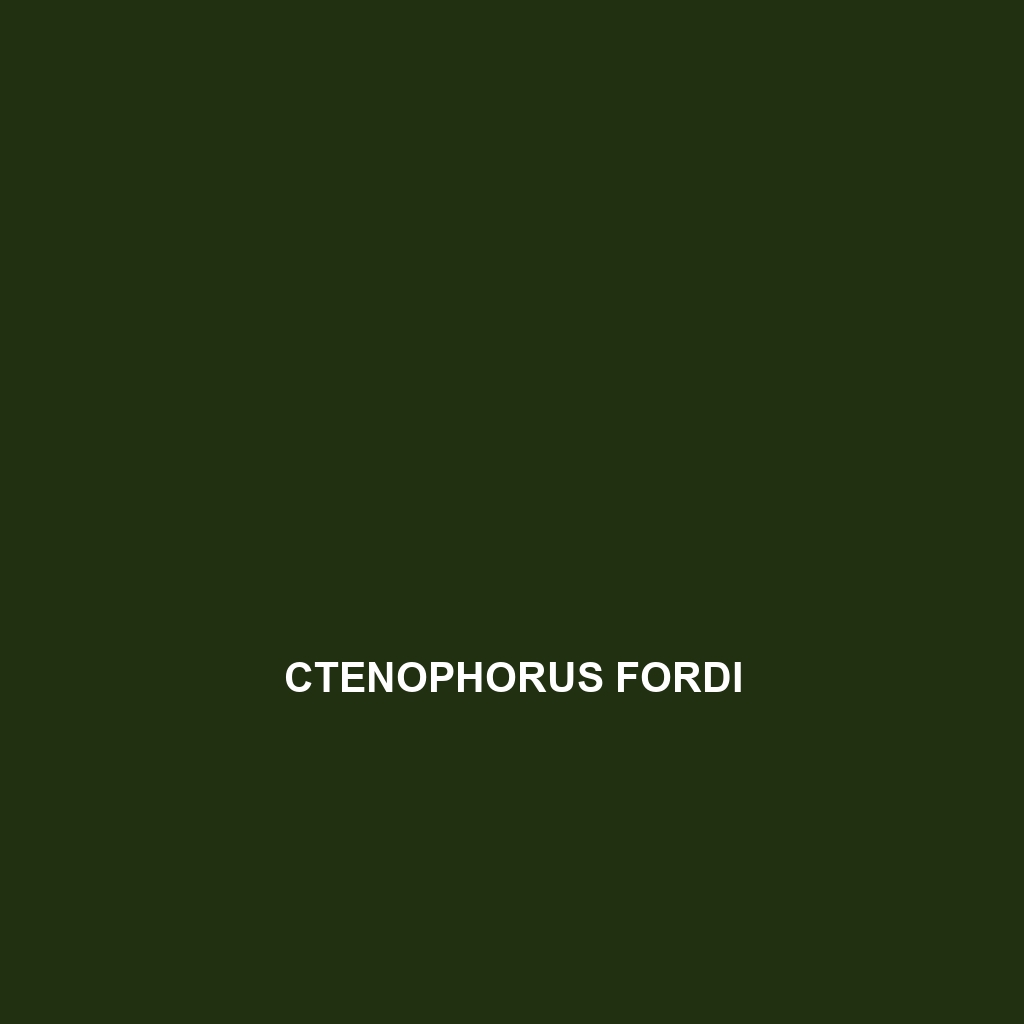<p><b>Podarcis melisellensis</b>, known as the Melisella lizard, thrives in the Mediterranean region, particularly in Italy, and features a slender body averaging 15 to 20 cm, with adaptable coloration for camouflage. As an insectivore, it plays a crucial role in maintaining ecological balance and exhibits fascinating behaviors, including diurnal activity and territorial displays during mating season.</p>
Tag: reproduction of lizards
Platysaurus capensis
Discover the vibrant Cape flat lizard (Platysaurus capensis), a striking insectivore native to the temperate forests and savannas of southern Africa. With a unique flattened body and colorful patterns, these diurnal reptiles thrive in sun-drenched environments, playing a vital role in their ecosystem by controlling insect populations and serving as prey for larger species.
Pholidoscelis atratus
Discover the fascinating Pholidoscelis atratus, or black lizard, a slender, diurnal reptile found in tropical and subtropical regions, known for its vibrant golden eyes, remarkable adaptability, and vital role in controlling insect populations. This species plays a crucial part in its ecosystem by aiding in seed dispersal and maintaining ecological balance.
Laudakia vulgaris
<p>The <b>Laudakia vulgaris</b>, or common agama, is a robust lizard native to South Asia, known for its impressive adaptability to rocky and arid habitats. With males exhibiting vibrant colors during mating and a diet primarily consisting of insects, this species plays a crucial role in its ecosystem by controlling insect populations and serving as prey for larger predators.</p>
Holbrookia maculata
The Holbrookia maculata, or spotted whiptail lizard, is a slender, agile insectivore found in the arid regions of the United States and Mexico, known for its striking coloration and unique camouflage. This diurnal lizard thrives in diverse habitats, playing a crucial role in regulating insect populations while adapting well to its environment.
Eremias kopetdaghica
<p>Discover the unique <b>Eremias kopetdaghica</b>, or Kopetdag Sand Lizard, a resilient species native to the arid regions of Central Asia, characterized by its slender body, sandy coloration, and quick movements. This insectivorous lizard plays a crucial role in its ecosystem by regulating insect populations and serving as prey for larger animals.</p>
Ctenophorus nguyarna
Discover the unique Ctenophorus nguyarna, a medium-sized lizard native to Australia's arid regions, known for its earthy coloration and intriguing social behaviors. This vulnerable species thrives in open woodlands and feeds primarily on insects, playing a vital role in its ecosystem.
Ctenophorus fionni
Discover the Ctenophorus fionni, also known as Fiona's Dragon, a medium-sized lizard native to central Australia's arid regions. With striking sandy brown and gray colorations, this diurnal insectivore plays a vital role in its ecosystem while exhibiting fascinating territorial displays during mating season.
Cryptoblepharus wulbu
Discover the Cryptoblepharus wulbu, also known as the "Wulbu skink," a small lizard found in coastal scrublands and rocky shores of the Pacific Islands, known for its distinctive earthy coloration, agile movements, and crucial role in regulating insect populations. This fascinating species is classified as 'Vulnerable' due to habitat loss, making conservation efforts essential for its survival.
Cnemaspis lineatubercularis
Description of Cnemaspis lineatubercularis Common Name: Cnemaspis lineatubercularis Scientific Name: Cnemaspis lineatubercularis Habitat Cnemaspis lineatubercularis is primarily found in the tropical regions of Southeast Asia, particularly in forested areas and rocky outcrops. This species prefers humid environments, thriving in both lowland and montane forests. Its habitat spans various areas including Thailand, Laos, and Cambodia, where […]









